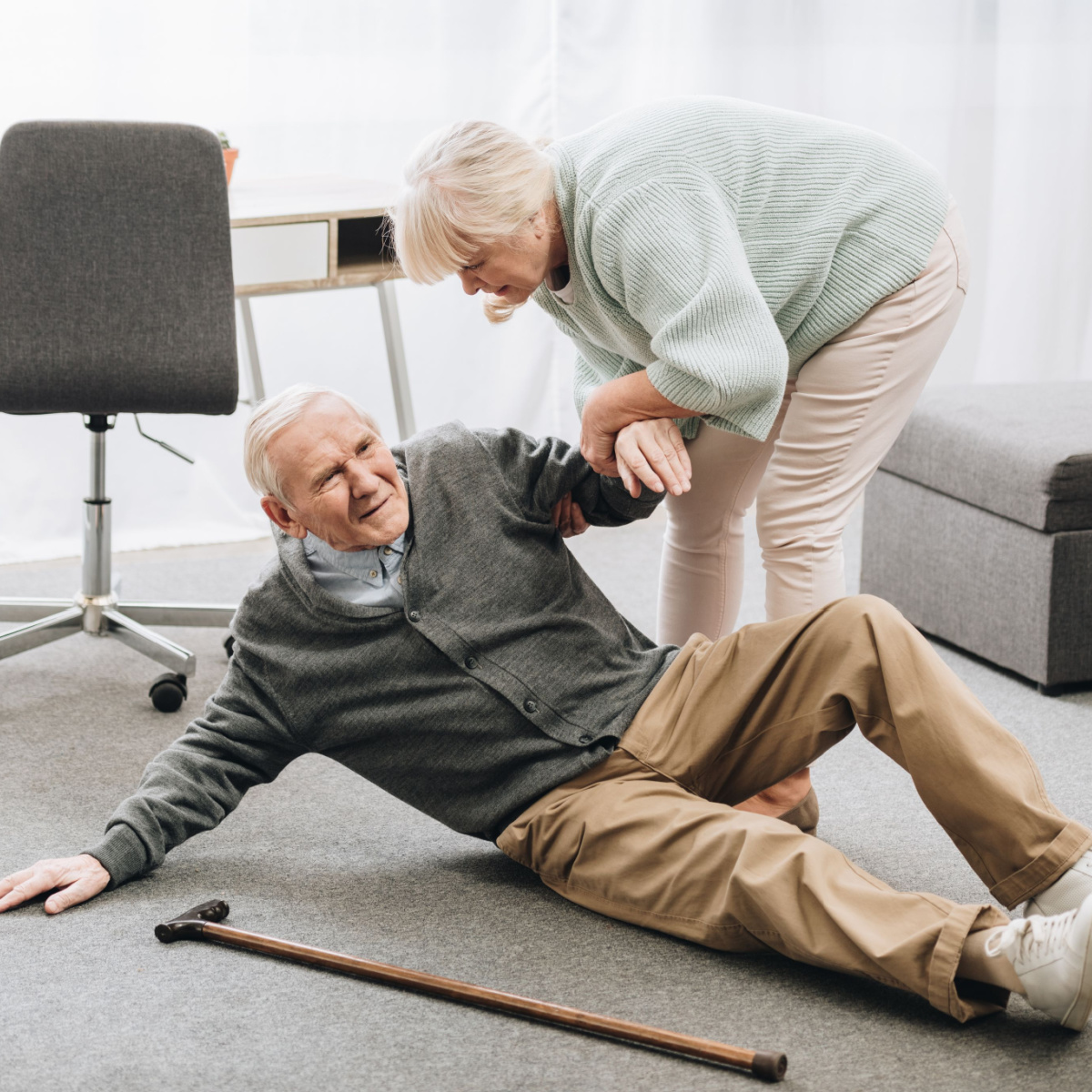Prevent the Fall, Prevents the Call
Every twenty seconds another senior adult dies from a fall in the USA.
Emergency rooms treat fall victims at a national rate of 1 every eleven seconds.
Prevent the Fall, Prevents the Call
Every twenty seconds another senior adult dies from a fall in the USA.
Emergency rooms treat fall victims at a national rate of 1 every eleven seconds.
Fall Prevention does
not have a Season,
it has a Mindset.
If you have fallen, it’s important to report it to your doctor and take the necessary steps to prevent future falls.
Falling is scary, especially as we age. The good news is you can and should arrange your home to reduce the threat and impact from falling.
95%
of hip fractures are caused by falling
2.8mm
seniors are treated in the E.R. for fall injuries
300k+
older people are hospitalized for hip fractures
Step 1: Do the Credit for Caring Home Safety Check-Up
Conduct a thorough home safety assessment to identify potential fall hazards. Pay special attention to uneven flooring, loose carpets, and cluttered pathways. Assess the lighting conditions in each room, ensuring adequate illumination to reduce the risk of tripping. Evaluate the bathroom for slippery surfaces and consider installing grab bars near toilets and in the shower.
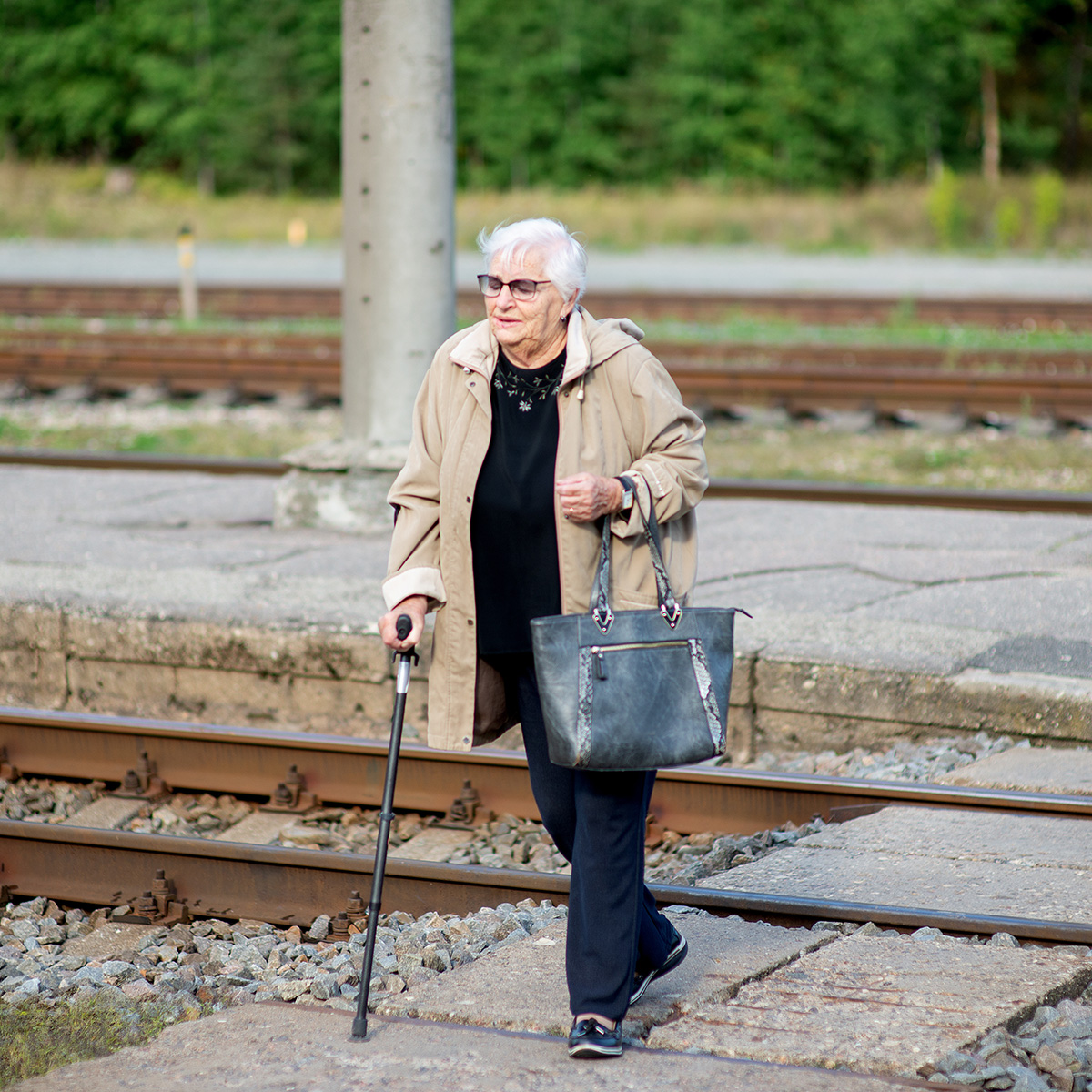
Step 2: Find It, Fix It
Implement necessary modifications to create a safer living space. This may include securing loose carpets or rugs, repairing uneven flooring, and removing unnecessary furniture or obstacles that impede mobility. Install handrails along staircases and grab bars in key locations. Consider adding non-slip mats in areas prone to moisture, such as kitchens and bathrooms.


Step 3: Exercise focused on Balance and Strength
Develop a customized exercise routine to enhance strength and balance, crucial elements in fall prevention. Focus on exercises that improve lower body strength, such as leg lifts and squats. Include balance exercises like standing on one leg or tandem walking. Encourage regular participation in these exercises to build and maintain physical resilience.
Step 4: Mobility Training
Conduct mobility training to improve overall gait and movement patterns. Work on walking techniques, emphasizing proper posture and stride length. Implement exercises that enhance flexibility and joint range of motion. Address any specific mobility challenges faced by the individual, tailoring the training program to their unique needs.
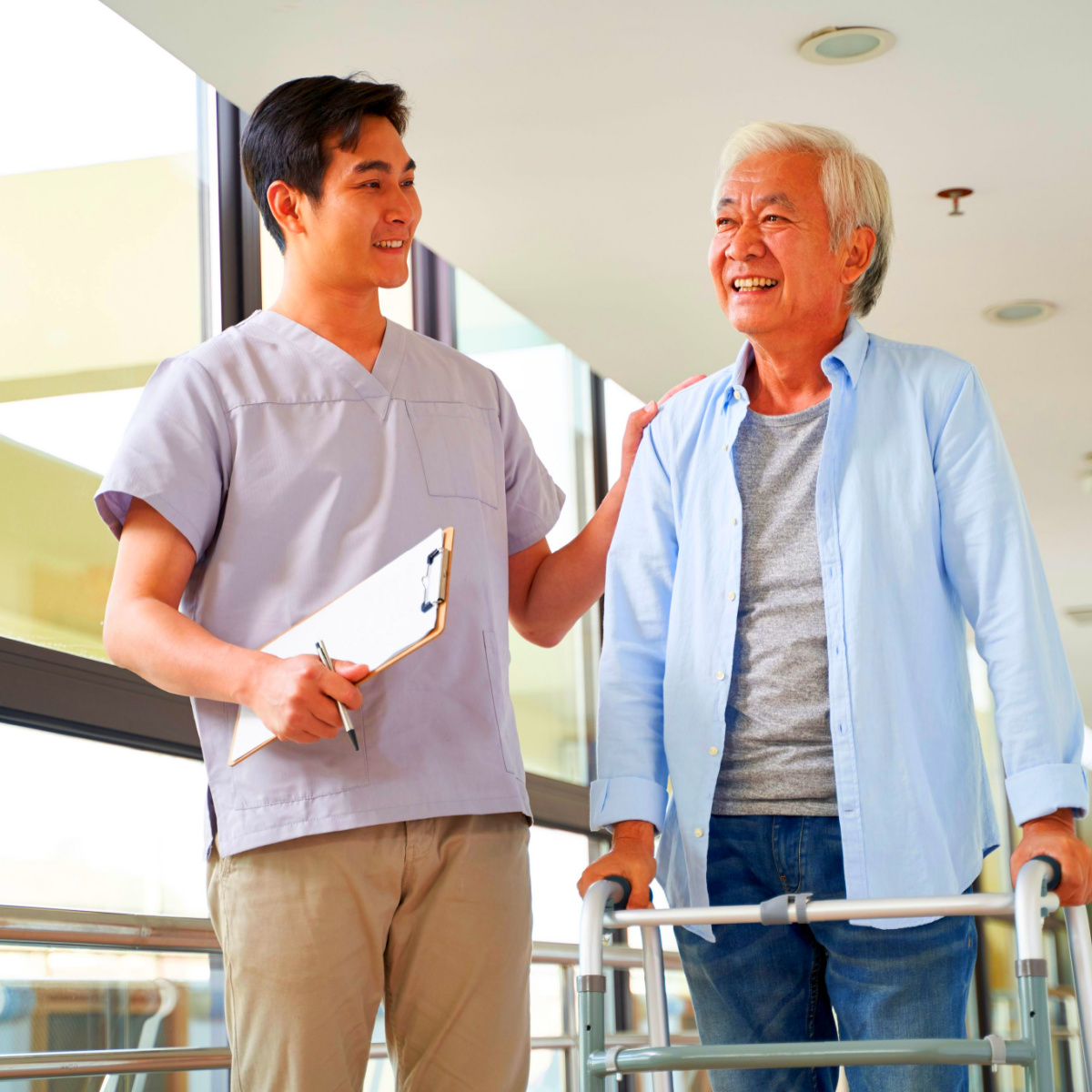
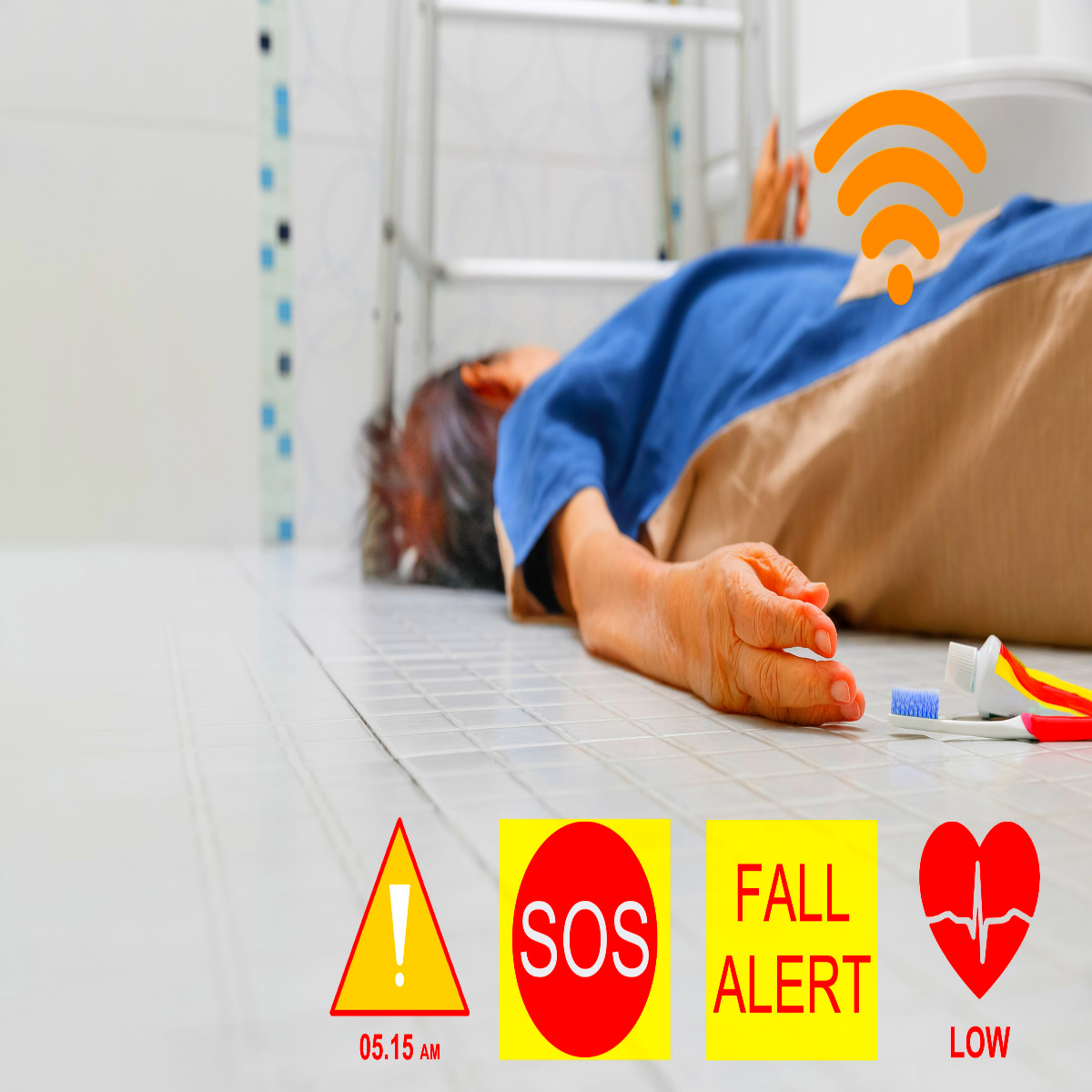
Step 5: Education on Fall Prevention Strategies
Empower seniors with knowledge on fall prevention strategies. Provide guidance on proper footwear selection, emphasizing the importance of non-slip soles and proper fit. Educate them on the potential risks associated with certain activities and environments. Offer tips on using assistive devices, such as canes or walkers, when necessary.
Step 6: Regular Follow-ups and Reassessments
Establish a routine for regular follow-up appointments and reassessments. Track the individual’s progress in terms of strength, balance, and mobility. Address any emerging issues or concerns promptly. Periodic reassessments ensure that the fall prevention program remains effective and can be adjusted based on the individual’s evolving needs.
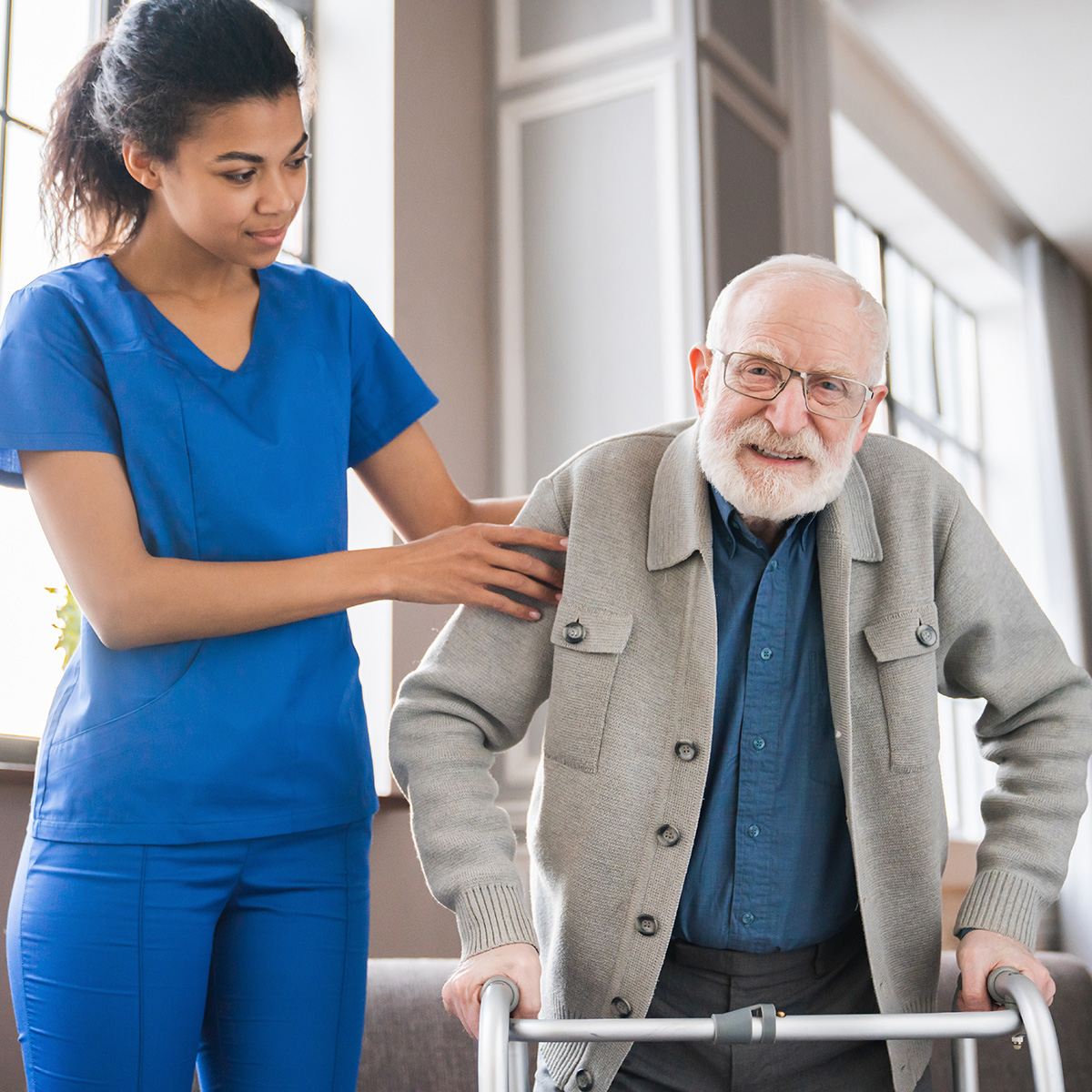
Notes from the Author

The “invincibility gene” is a term that resonates with many of us, passed down through generations, often manifesting in a strong sense of independence, a touch of defiance, and a hint of denial when it comes to our physical limitations. However, as a physical therapist, I’ve witnessed firsthand the potential risks this gene poses, leading to falls that can result in physical pain and financial burdens. In this blog post, we’ll explore why falls happen and present five practical suggestions to reduce the risk for those exercising their “invincibility gene.”
Understanding the “Invincibility Gene”:
The “invincibility gene” often surfaces in moments of independence and judgment. It drives individuals to engage in activities that may exceed their physical capabilities, leading to a higher risk of falls. Factors such as medications inducing dizziness, impaired vision with bifocals, and the tendency to downplay physical limitations contribute to this phenomenon. Falls are particularly dangerous when occurring during unsupervised moments, making prevention crucial for maintaining a safe and active lifestyle.
Practical Suggestions for Fall Prevention:
- Rearrange the Living Space: Begin by rearranging frequently used areas, such as the kitchen cabinets and closets. Move essential items to lower, easily accessible locations to minimize the need for reaching or climbing. This simple adjustment can significantly reduce the risk of falls during daily activities.
- Install Safety Measures: Identify and address potential slip hazards around the house. Install gripper strips or skid pads on porches and steps that tend to become slippery when wet. Ensure secure railings on both sides of staircases to provide necessary support and stability, especially in homes with aging infrastructure.
- Enhance Bathroom Safety: Anticipate falls in the bathroom by installing grab bars in the bathtub and gripper strips on wet surfaces. These modifications make navigating the bathroom safer, reducing the risk of slips and falls. Additionally, choose bathroom rugs that firmly adhere to the floor to prevent accidental tripping.
- Organize Living Spaces: Decluttering and organizing living spaces are crucial steps in fall prevention. Throw rugs and scattered items on the floor can become landmines, especially for seniors with poor eyesight or navigating in the dark. Secure rugs with carpet tape and elevate clutter to minimize potential tripping hazards.
- Seek Professional Guidance: Engage the expertise of healthcare professionals, including physical therapists, to assess and address individual fall risks. These professionals can tailor exercise routines to improve strength, balance, and mobility, offering personalized strategies for fall prevention.
Acknowledging the existence of the “invincibility gene” is the first step toward a safer and more secure living environment, especially for seniors. By implementing practical suggestions such as rearranging living spaces, installing safety measures, and seeking professional guidance, individuals can exercise their independence while minimizing the risk of falls. As a physical therapist, my commitment is to empower individuals to maintain an active and fulfilling lifestyle, ensuring that the invincibility gene doesn’t compromise their safety and well-being. Together, we can navigate the journey of aging with grace and resilience.
Monica Stynchula – CEO / REUNIONCare, Inc.




